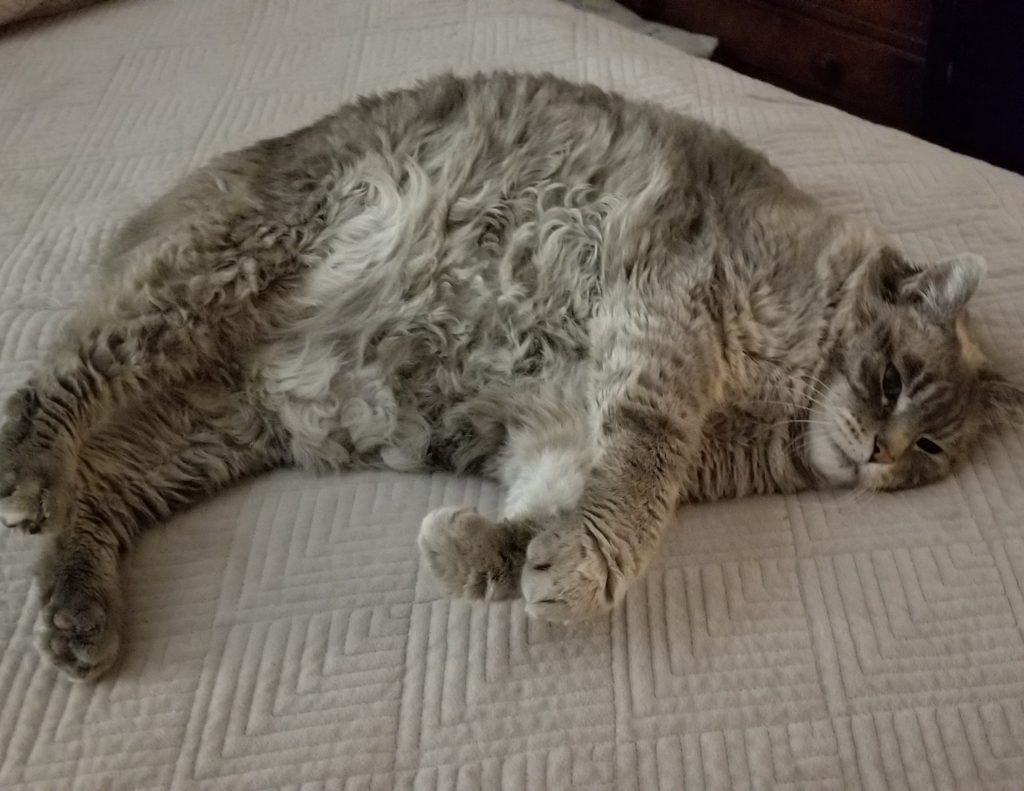
Writing unforgettable dialogue should be on every writer’s bucket list. Iconic passages such as, “It was the best of times, it was the worst of times, it was the age of wisdom, it was the age of foolishness, from Charles Dickens’ A Tale of Two Cities come to mind. Do you wish you could write iconic dialogue? Yep, me too. Last post, we talked about dialogue in general–let’s go a little deeper.
Writing Tip for Today: Here are some ideas for writing unforgettable dialogue:
Tension in Dialogue
In real life, we chat, go off on tangents and prattle the day away. In fiction, however, dialogue must be intentional. Every spoken line must have purpose, but it also must contain tension. What does this tension look like?
Dialogue that also reveals information can quickly become an Info dump. If you choose to reveal info in dialogue, the key is to bundle the words with the characters’ aims, ambitions and motives. In other words, a character who plans to sabotage your plans will say things a different way than one who has your best interests at heart.
Keep in mind that tension is easier to maintain if the characters speak in ways that either withhold or foreshadow in some way. People who are bluntly honest about everything are rare—nearly all of us say things in ways we hope will benefit our cause. Let your characters speak their lines. But by withholding or foreshadowing, you can underscore conflict and keep readers engaged.
Unsaid dialogue
One common mistake I see in dialogue is allowing two characters to explain or drop info to readers. Characters don’t tell each other stuff they both already know. So if one says to the other, “Jim, are you going to work today at the Supreme Steel plant on Howard Avenue?”, you wonder if the characters are from Mars.
If both already know where Jim works, the other speaker would likely say, “Going to work today?” Note that most people don’t start off by addressing the other person by name—unless it’s your mom and you’re in big trouble.
Another way to create interest with dialogue is for the POV character to either observe or respond with body language. Try to go beyond cliches though—too many eye rolls or sighs give your fiction a melodramatic feel. Same goes for hands thrown up—we know what you mean, but I always picture a person riding the porcelain bus.
Inner vs. Outer Struggle
Iconic dialogue almost always features a character at odds with self. Even the Dickens opening features opposites. By writing character dialogue that includes this push and pull, you create intrigue. What the character says on the outside might not reflect what he/she really means. Or, even better, the character may say things that readers understand are at odds with his/her feelings—but the character doesn’t realize it (yet).
In a lot of the story, you may have a character saying opposite of what he/she means. Readers will note this discrepancy and will want to learn how this character resolves the inner/outer conflict. As the story moves toward the climax scene, this outer denial will build to a crescendo, leading straight to the moment when all is lost, just before the climax.
Unforgettable dialogue will be easier to write with an unforgettable character. Work hard to develop your character, so that you understand the inner and outer journey, the motivation, the back story and the emotions your character displays every time he/she speaks.




